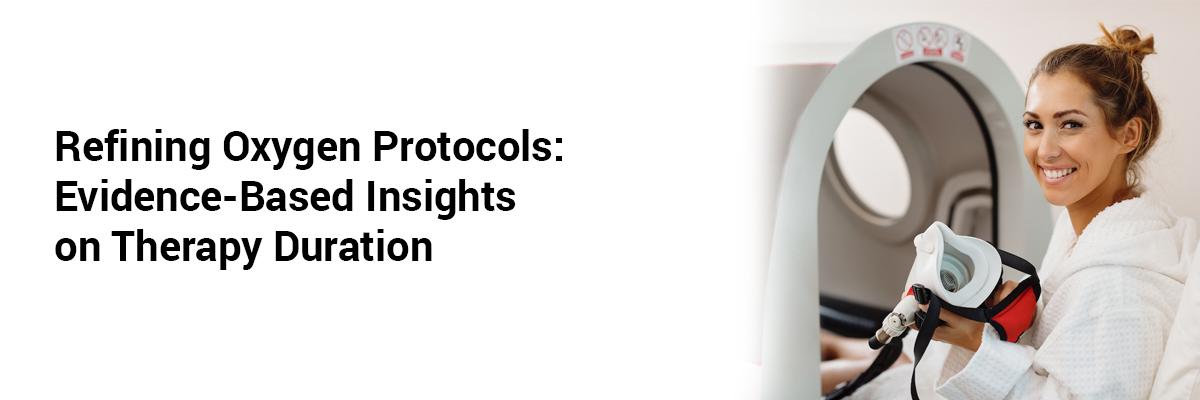
Refining Oxygen Protocols: Evidence-Based Insights on Therapy Duration
The optimal duration of long-term oxygen therapy in patients with lung disease and severe hypoxemia has been a long-standing point of debate, with varying opinions on how long therapy should be maintained. Generally, LTOT is recommended for a minimum of 15 hours per day to improve survival. “Severe hypoxemia is defined as meeting either of the following criteria: 1) PaO2 ≤ 55 mm Hg (7.3 kPa) or oxygen saturation as measured by pulse oximetry (SpO2) ≤ 88%; 2) PaO2 = 56–59 mm Hg (7.5–7.9 kPa) or SpO2 = 89% plus one of the following: edema, hematocrit ≥ 55%, or P pulmonale on an ECG.”1
Magnus Ekström from Lund University in Sweden and the REDOX Collaborative Research Group, undertook this multicenter, randomized-controlled trial to examine the outcomes with long-term oxygen therapy used for 24 hours per day vs 15 hours per day.2 The primary outcome of the study, evaluated through a time-to-event analysis, was a composite measure of hospitalization or all-cause mortality within one year, while the secondary outcomes included the individual components of this primary outcome, which were assessed at 3 months and 12 months.
In this study published Sept. 19, 2024 in the New England Journal of Medicine, 117 patients with severe hypoxemia (70 percent with COPD) were randomly assigned to receive 24 hours per day of supplemental oxygen while 124 patients received 15 hours per day of supplemental oxygen between May 18, 2018, and April 4, 2022. The median patient-reported daily duration of oxygen therapy at 12 months was 24.0 hours (interquartile range: 21.0 to 24.0) for the 24-hour group, while it was 15.0 hours (interquartile range: 15.0 to 16.0) for the 15-hour group.
The primary endpoints of hospitalization or death within 1 year were comparable between the two groups with mean rates of 124.7 events per 100 person-years in the 24-hour group, and 124.5 events per 100 person-years in the 15-hour group. The hazard ratio was 0.99. Also, after one year, there were no significant differences in hospitalization rates, adverse events, or mortality between the two groups.
This data highlights the adherence levels of patients to their prescribed duration of daily oxygen therapy, whether 15 hours or 24 hours. Furthermore, 24-hour oxygen supplementation did not show any added advantages in terms of reducing hospitalization or mortality rates.
References
1. Jacobs SS, et al. Home oxygen therapy for adults with chronic lung disease. an official American Thoracic Society clinical practice guideline. Am J Respir Crit Care Med. 2020 Nov 15;202(10):e121-e141.













Please login to comment on this article